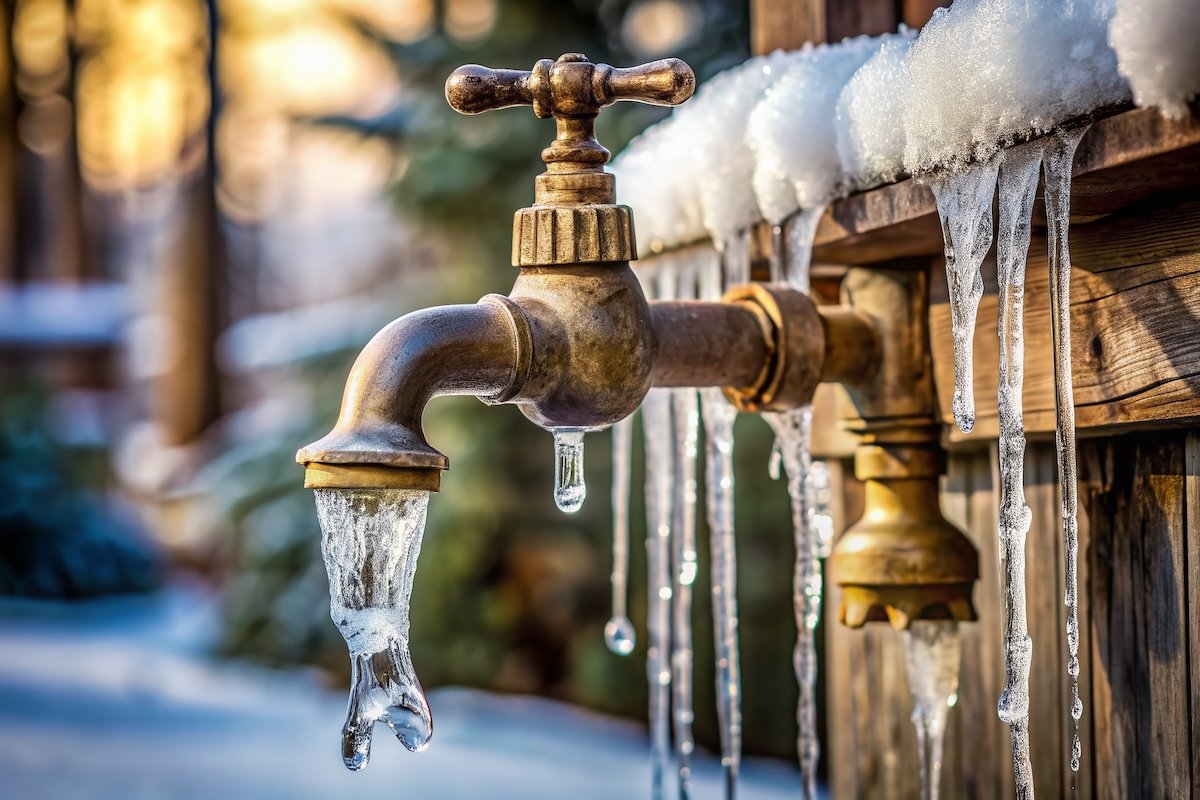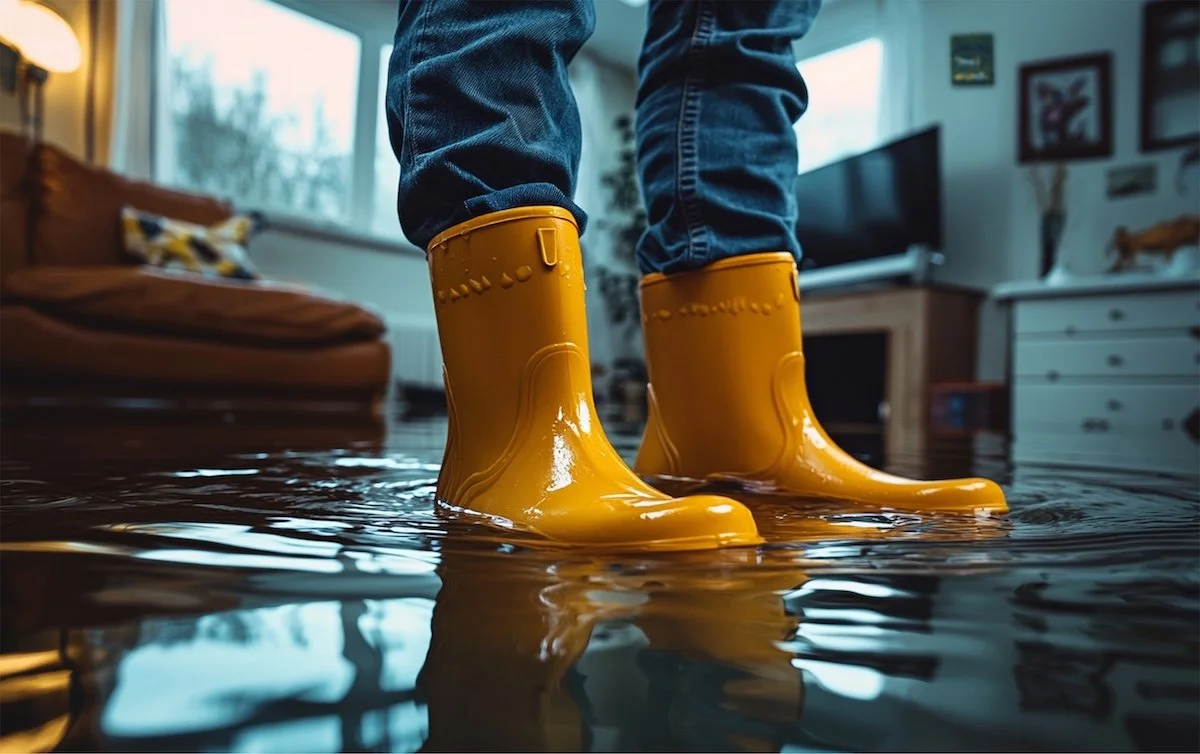Protect Your Home: When to Turn Off Your Outdoor Faucet
As Massachusetts homeowners know all too well, our harsh winters can wreak havoc on plumbing systems. One of the most vulnerable points in your home's plumbing is the outdoor faucet (also known as an outdoor spigot). At Tango Home Services, we want to help you prevent costly water damage by properly winterizing your outdoor spigots before freezing temperatures arrive.
When to Turn Off Your Outdoor Faucet
In Massachusetts, you should turn off and winterize your outdoor spigots by mid-October to early November, before the first hard freeze. While exact dates vary year to year, acting early prevents being caught off guard by an unexpected cold snap.
Clues that it might be time to turn off your spigot:
When nighttime temperatures start consistently dropping below 40°F
Before the first forecast of temperatures below 32°F
After you've completed your final fall garden watering needs
We get it - no one wants to turn off their outdoor water access too early. It’s annoying and frustrating if you suddenly need the hose to clean something off. But not turning off your spigot can have some genuinely frustrating and costly consequences.
What Happens If You Don't Winterize Your Faucet?
Failing to winterize your outdoor spigot properly can lead to several serious problems:
Burst Pipes: When water freezes, it expands by about 9%. This expansion can create enough pressure to split copper or PVC pipes, leading to:
Extensive water damage to walls, floors, and ceilings
Costly repairs ranging from hundreds to thousands of dollars
Potential mold growth from hidden water damage
Split Spigot Components: The spigot itself can crack or split, requiring complete replacement
Hidden Damage: The pipe may burst inside your wall where you can't see it, only becoming apparent when temperatures warm up and water begins flowing again
How to Properly Winterize Your Faucet
Follow these steps to protect your outdoor plumbing:
Locate and shut off the indoor water valve that supplies your outdoor spigot
Open the outdoor spigot to drain remaining water
Leave the spigot open slightly during winter to prevent pressure buildup
Install an insulated cover over the outdoor spigot for added protection
Professional Help When You Need It
If you're unsure about winterizing your outdoor faucets or need assistance with frozen pipe repairs, our plumbers are available 24/7 to help. Our experienced technicians can ensure your home's plumbing is properly protected for the winter months ahead.
Contact us today at 781-944-8043 to schedule a professional winterization inspection or learn more about protecting your home's plumbing system.


